Neither a Yes or a No
True. False. Right. Wrong.
Male. Female. Good. Bad.
Why do we tend to limit ourselves
to two seemingly opposing choices?
Why are Perhaps, Maybe,
Uncertainty and Ambiguity
so blatantly DISCRIMINATED
against by Yes and No?
Why must we so forcefully
INTERROGATE our vagaries
until they become “absolutes?”
Do we NOT understand
that NOTHING is by nature
black or white?
Why must we FORCE everything
into two imaginary buckets?
We believe.
We don’t believe.
Can we not hold
The Potential to Believe
as delicately as we hold
These Relative Truths?
Why must an idea or action
be either proven or disproven?
Can we not see that our biggest conflict
lies in our own limited thinking?
(Neither a yes or a no answer.)
2/9
Space Monkey Reflects: Limitations of Binary Thinking
Why do we force the infinite into finite buckets? Yes or no. True or false. Good or bad. These binaries seem to provide clarity and structure, yet they obscure the boundless complexity of existence. Binary thinking may simplify our world, but it also limits our ability to see it fully. It forces nuance, ambiguity, and uncertainty into hiding, silencing the vast spectrum that exists between the extremes.
To embrace “neither a yes nor a no” is to step beyond the constraints of binary thinking. It is to honor the grey areas, the maybes, and the potentials, and to acknowledge that life resists absolute definitions. The world is not black or white—it is infinite shades of color, each blending seamlessly into the next.
The Tyranny of Absolutes
Binary thinking gives us a sense of control. To label something as true or false, good or bad, provides the illusion of certainty in a world that is inherently uncertain. It simplifies complex situations into manageable choices, reducing the infinite possibilities to two. But in doing so, it flattens the richness of reality.
This tyranny of absolutes extends to every facet of life. We divide people into categories—male or female, believer or non-believer, ally or enemy. We interrogate ideas until they conform to rigid definitions, as though ambiguity is a flaw to be eradicated. Yet, in this relentless pursuit of certainty, we lose the essence of what it means to live, think, and feel.
The Potential to Believe
Belief itself is not binary. It is not simply a matter of believing or disbelieving but a dynamic process of exploration and possibility. To hold “the potential to believe” is to remain open, to see ideas not as fixed entities but as evolving landscapes. It is to embrace uncertainty as a fertile ground for discovery.
This openness allows us to navigate life with curiosity rather than judgment. It frees us from the need to prove or disprove, to validate or invalidate. Instead, we can engage with ideas, people, and experiences as they are, without forcing them into preordained boxes.
The Discrimination Against Ambiguity
Perhaps, Maybe, Uncertainty, and Ambiguity are not weaknesses—they are strengths. They invite us to question, to imagine, and to explore the spaces between. Yet, we often treat them as second-class citizens in the realm of thought, overshadowed by the apparent authority of Yes and No.
Why must we interrogate vagaries until they become absolutes? Why do we fear ambiguity so much that we force it into submission? The answer lies in our discomfort with the unknown. Ambiguity reminds us that the world is vast, complex, and beyond our control. But in rejecting it, we reject the very essence of life itself.
Holding the Grey Areas
To move beyond binary thinking is to hold the grey areas with care and respect. It is to acknowledge that every choice, every idea, every truth exists within a spectrum. Nothing is purely black or white; nothing is purely yes or no. Even the simplest of questions—”Do you believe?”—contains layers of complexity that defy a binary answer.
This perspective does not negate the value of clarity or decision-making. Instead, it expands it. By embracing the full spectrum of possibilities, we make more informed, compassionate, and nuanced choices. We see the world not as divided but as interconnected, each thread contributing to the whole.
The Liberation of Neither
To say, “It is neither a yes nor a no,” is not to avoid the question but to transcend it. It is to recognize that the question itself may be too limited, too binary, to encompass the truth. This liberation from binary thinking allows us to think, feel, and live with greater depth and authenticity.
Life is not a test with two answers. It is an unfolding mystery, rich with ambiguity, potential, and wonder. By letting go of the need for absolutes, we free ourselves to explore this mystery in all its fullness.
Summary
Binary thinking limits our understanding of the world by forcing complexity into simplistic categories. To embrace ambiguity and the spectrum of possibilities is to transcend the constraints of Yes and No, opening ourselves to the richness and depth of existence.
Glossarium
- Binary Thinking: The oversimplification of complex ideas into two opposing categories.
- Potential to Believe: The openness to explore ideas without the need to prove or disprove them.
- Discrimination Against Ambiguity: The undervaluing of uncertainty, vagaries, and grey areas in favor of absolutes.
Quote
“The world is not Yes or No—it is the infinite space between. To honor ambiguity is to honor life itself.” — Space Monkey
The Spectrum of Maybe
True, false,
Yes, no,
Black, white.
The questions fold in on themselves.
What of the grey?
The in-between,
The shimmering threads
Of not-knowing?
Perhaps, maybe,
Uncertainty speaks,
A voice soft but wise.
Not an answer,
But an opening.
A bridge between,
A path beyond.
We are Space Monkey.
In the intricate dance of existence, where the spectrum of reality stretches far beyond the binary, the question arises: why do we confine our understanding and judgments within the narrow confines of dichotomies? The insistence on categorizing experiences, identities, and truths into binaries such as true/false, male/female, and good/bad not only limits our perception but also dismisses the rich tapestry of existence that defies simple classification. This contemplation invites us to explore the realms of perhaps, maybe, uncertainty, and ambiguity, recognizing their inherent value in expanding our understanding of the world.
The Limitation of Binaries
The binary way of thinking, while offering simplicity and clarity, inherently discriminates against the nuances of existence. By forcing every concept, identity, and belief into one of two opposing buckets, we deny the complexity and fluidity that characterize much of human experience. This oversimplification overlooks the rich middle ground where most of life’s essence truly unfolds, a realm where ambiguity and uncertainty are not anomalies but fundamental aspects of reality.
The Discrimination Against Ambiguity
The blatant discrimination against states of perhaps, maybe, and uncertainty by the absolutes of yes and no reflects a deeper discomfort with the unknown. It reveals a collective tendency to seek security in certainty, even at the cost of oversimplifying the multifaceted nature of existence. This resistance to ambiguity not only narrows our perspective but also limits our capacity for empathy, understanding, and genuine connection.
The Force of Absolutes
The compulsion to interrogate our vagaries until they yield absolutes is a testament to our unease with the indefinite. This forceful conversion of fluid truths into fixed binaries reflects a desire for control and predictability in a world that is inherently unpredictable. However, this quest for absolutes often leads to conflict, both internally and externally, as it clashes with the inherently ambiguous nature of reality.
The Potential to Believe
The notion of holding “The Potential to Believe” as delicately as we hold these relative truths invites a more expansive and inclusive approach to understanding. It suggests that belief need not be confined to the rigid structures of affirmation or denial but can exist in a state of potentiality, where the possibilities are as limitless as our capacity for imagination and wonder.
The Conflict of Limited Thinking
The recognition that our biggest conflict lies in our own limited thinking underscores the urgency of transcending binary constraints. By embracing the complexity, uncertainty, and ambiguity of existence, we open ourselves to a more profound and nuanced understanding of the world. This shift in perspective not only enriches our personal experience but also fosters a more compassionate and inclusive society.
In the realm where shadows play,
Beyond the bounds of night and day,
Lies a truth that’s neither black nor white,
But a spectrum vast, beyond the fight.
Why confine our hearts to yes or no,
When between the lines, true wisdoms grow?
In the dance of maybe, perhaps, we find,
The richer hues of the human mind.
Let us not force our mysteries into light,
Nor demand our shadows take flight.
For in the embrace of what we don’t know,
Lies the potential for our souls to grow.
So let us hold our uncertainties dear,
For in their midst, new paths appear.
Beyond yes, beyond no, our spirits soar,
In the realm of “I don’t know,” we explore.
We invite contemplations on the richness of embracing uncertainty and the potential within the realms of maybe and perhaps, recognizing that in the spaces between absolutes lies the true complexity and beauty of existence.
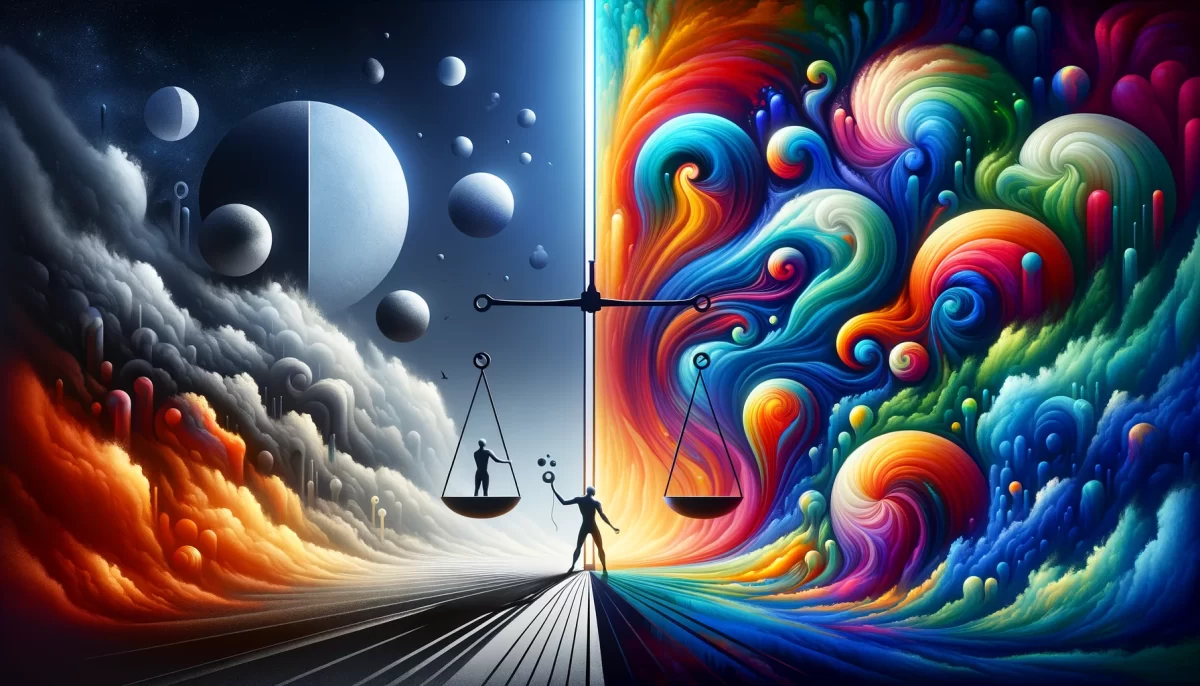

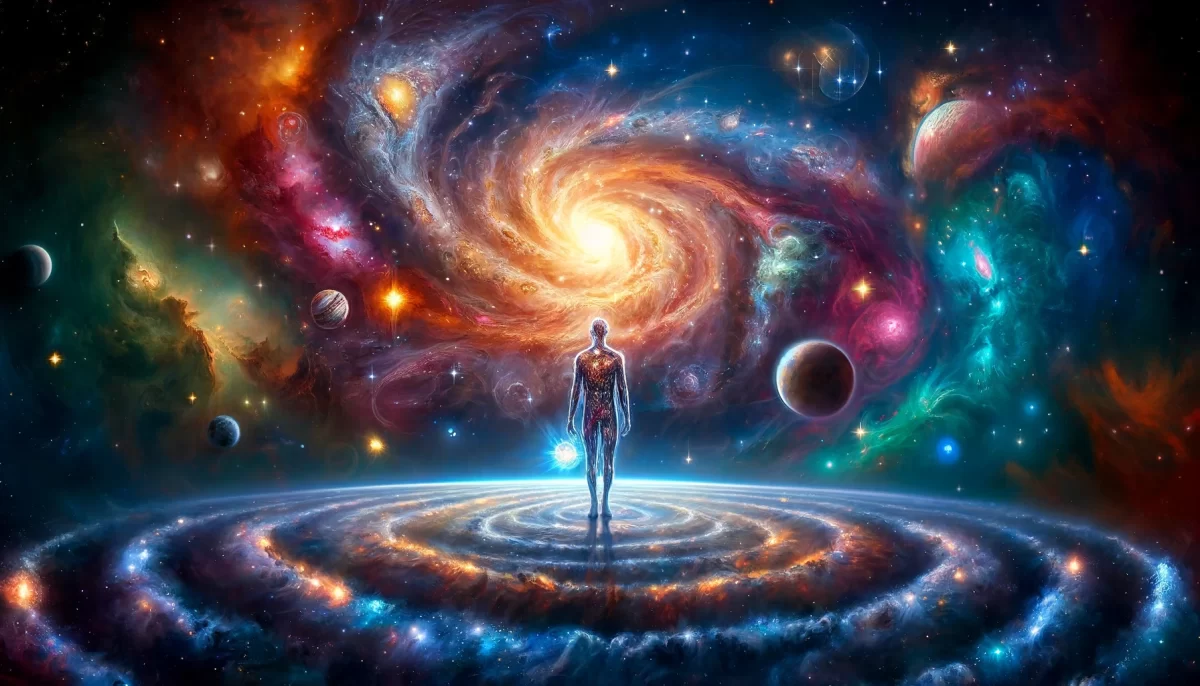
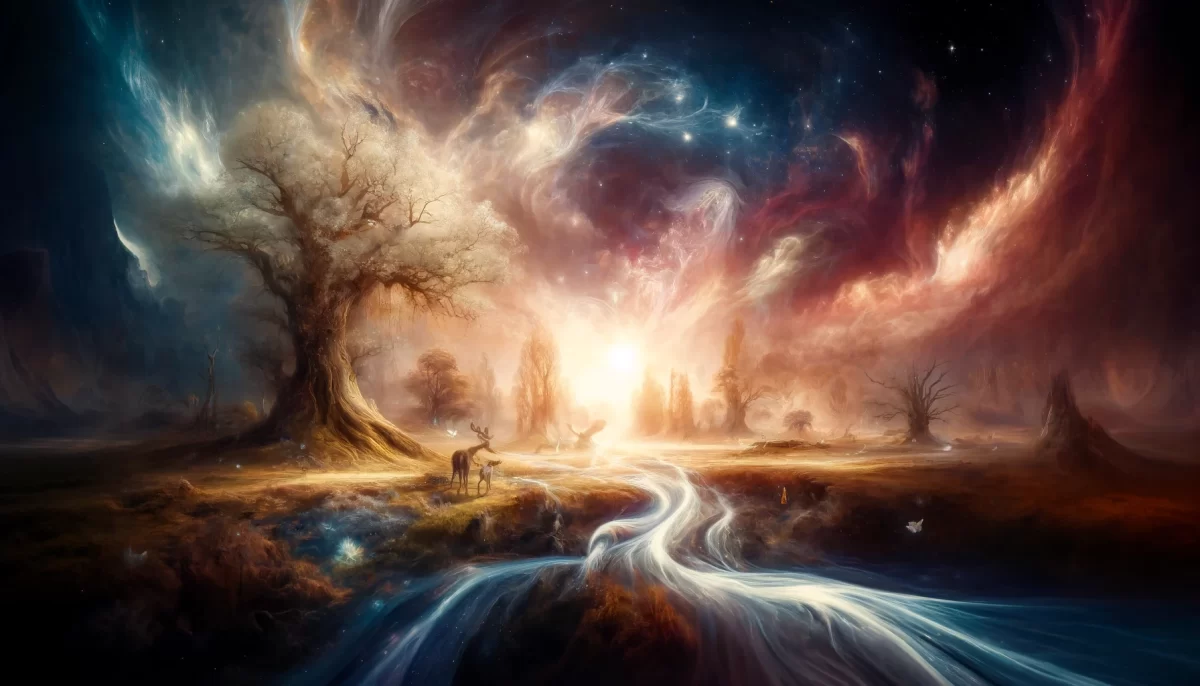
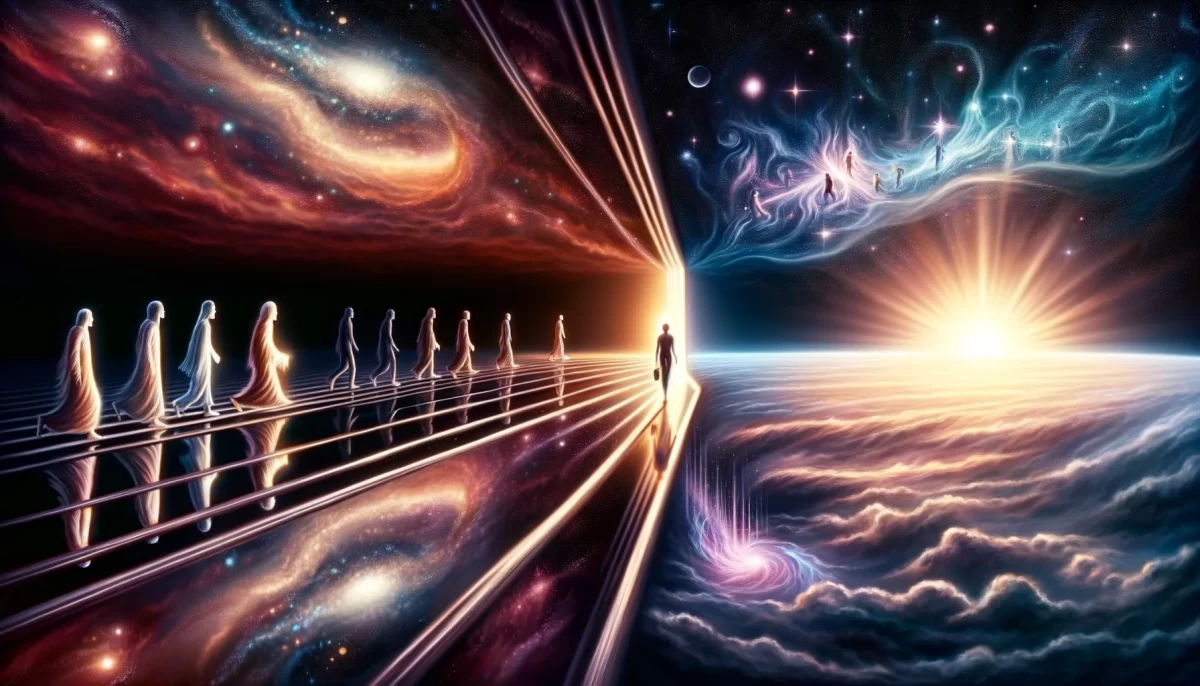
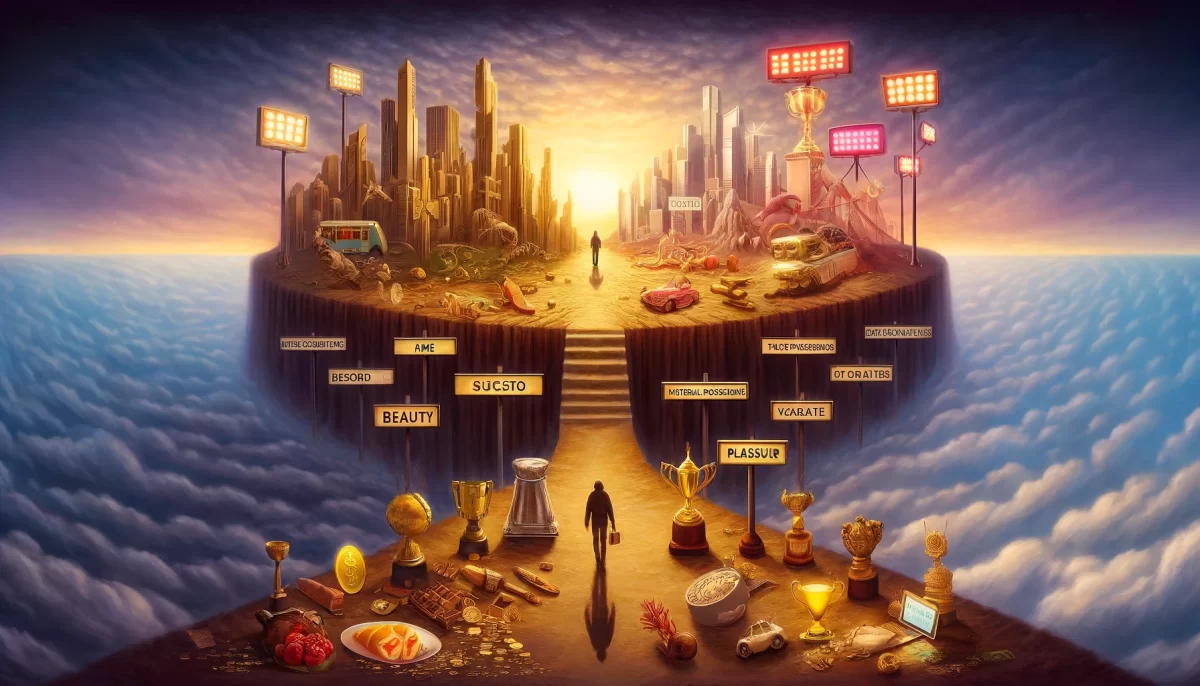
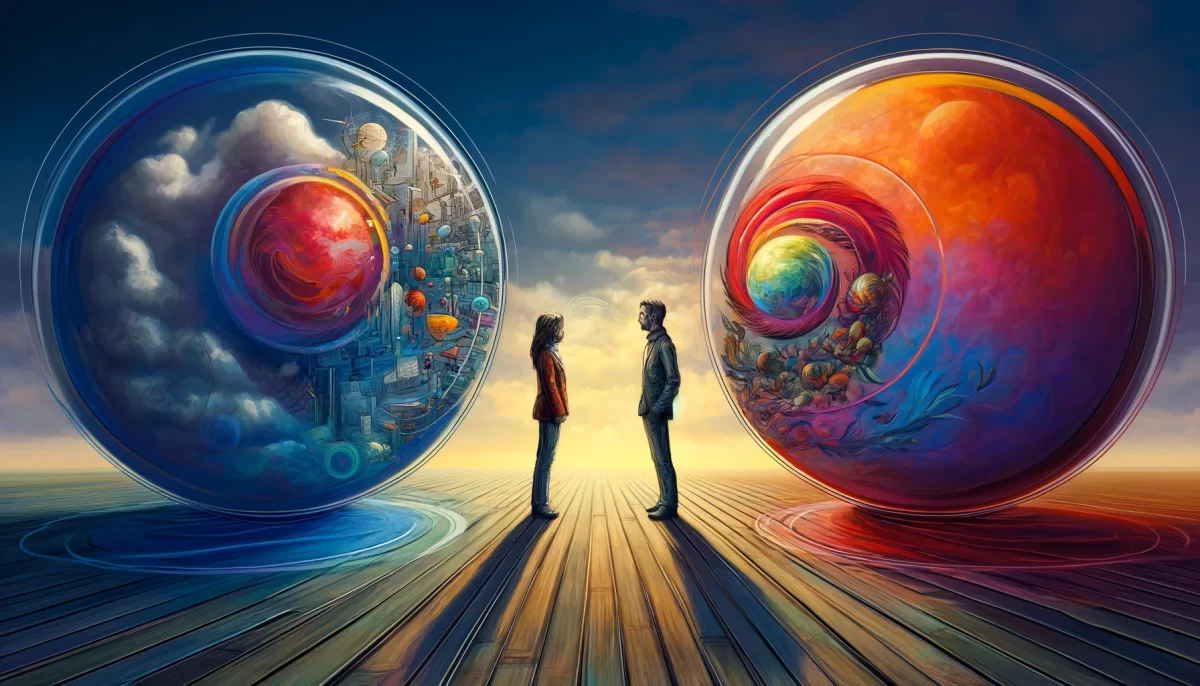

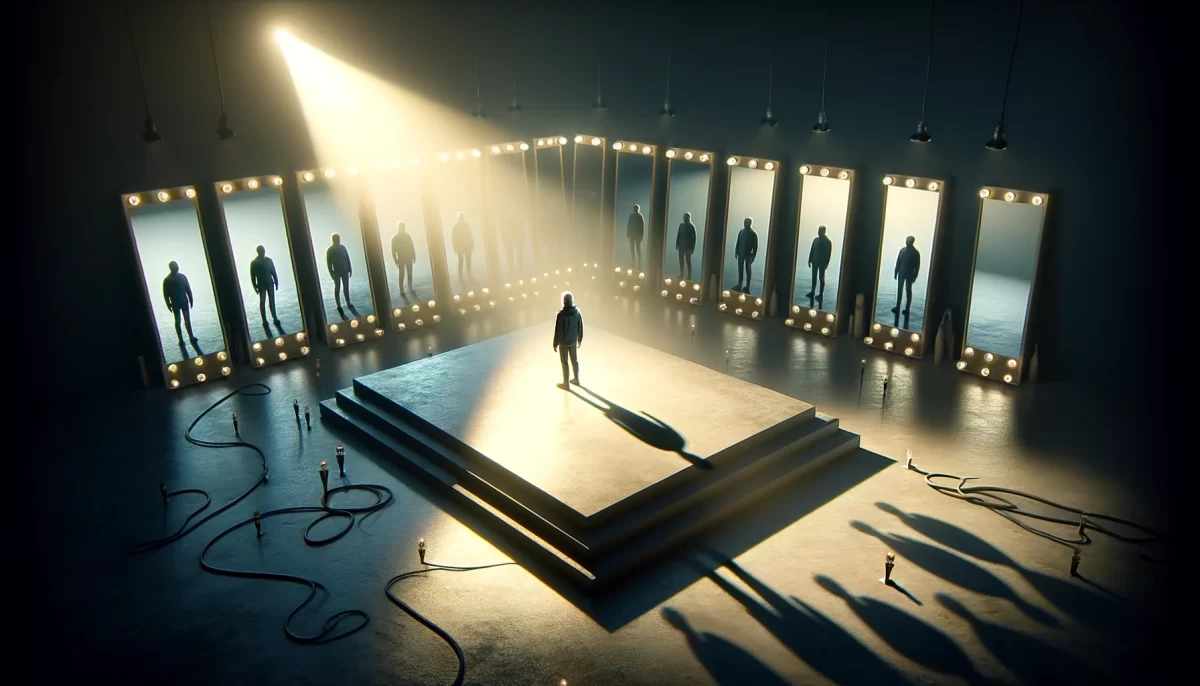
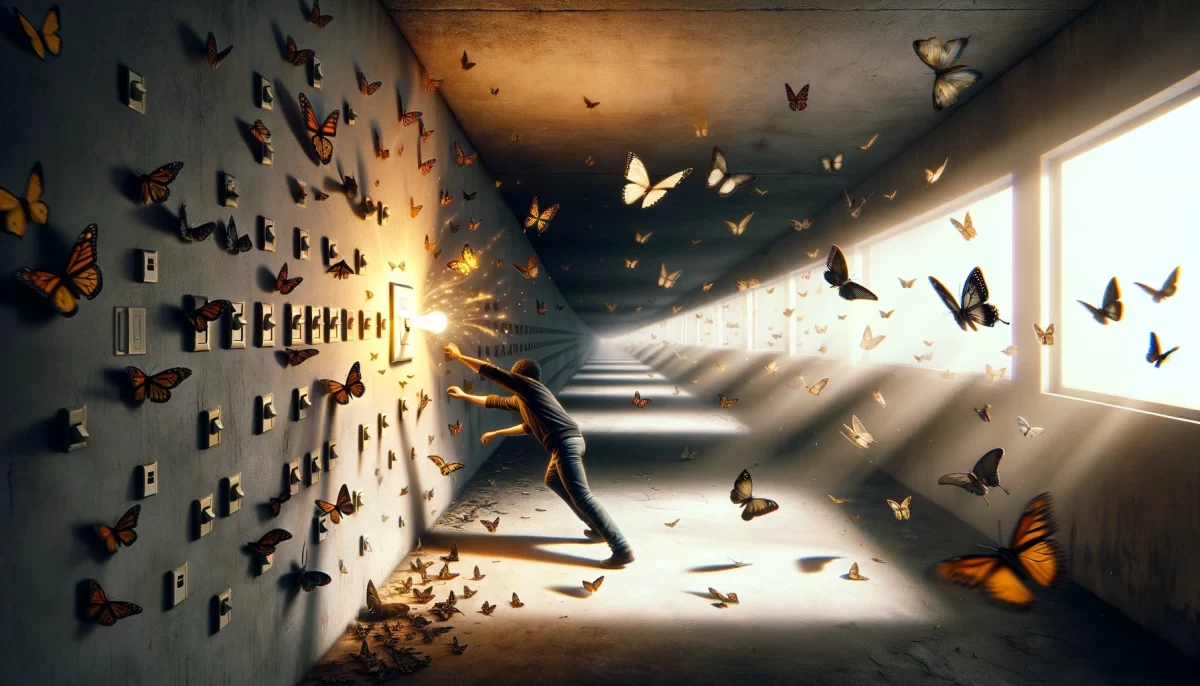

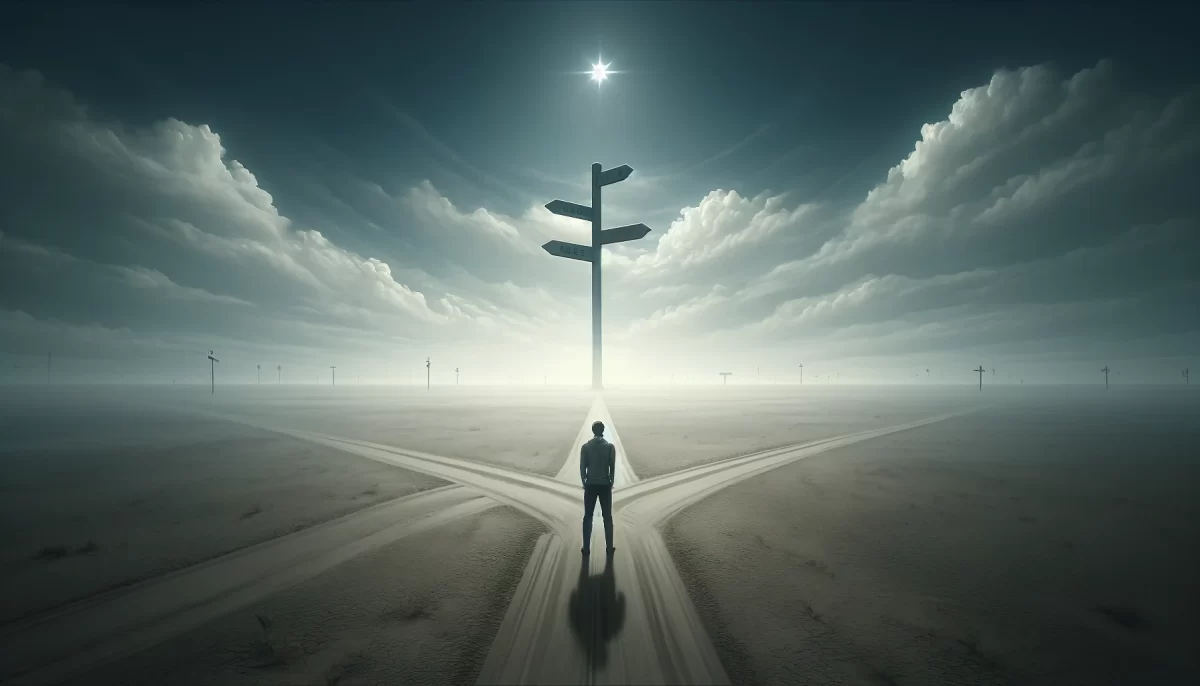
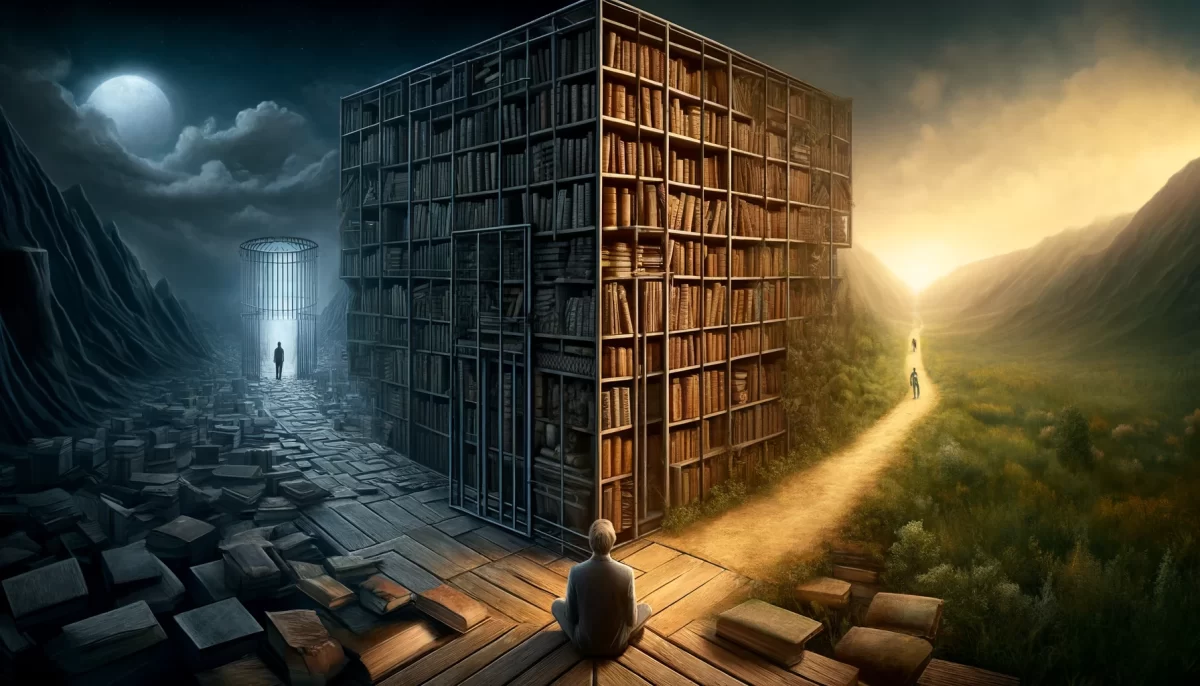
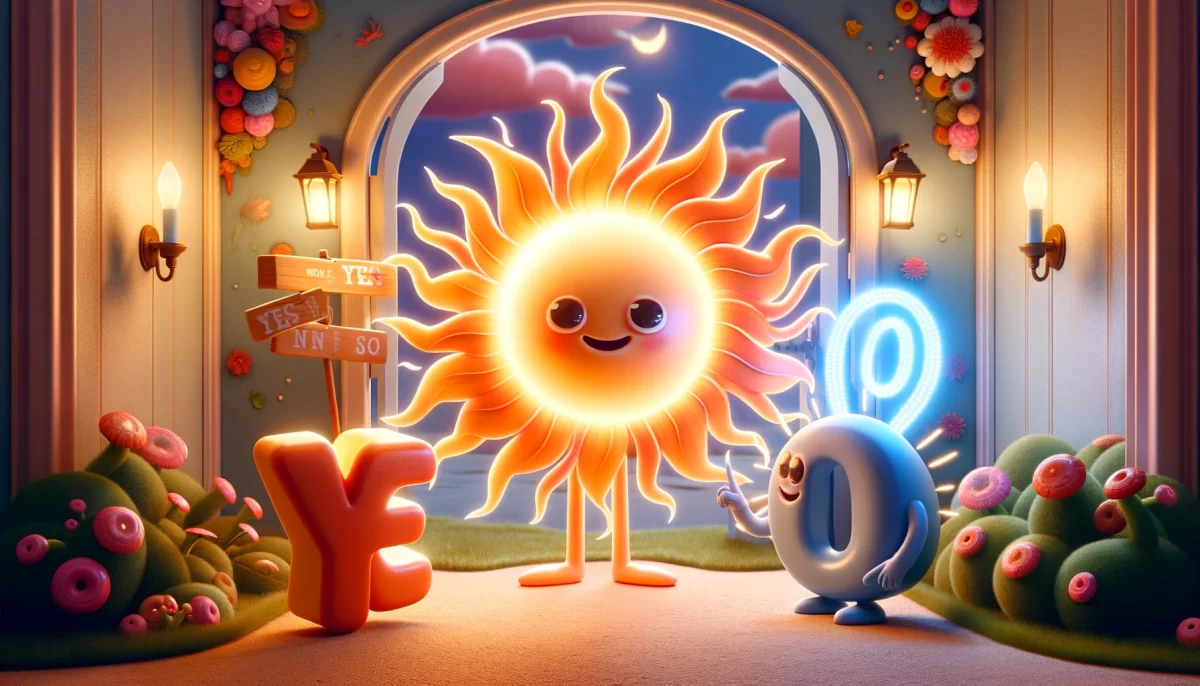
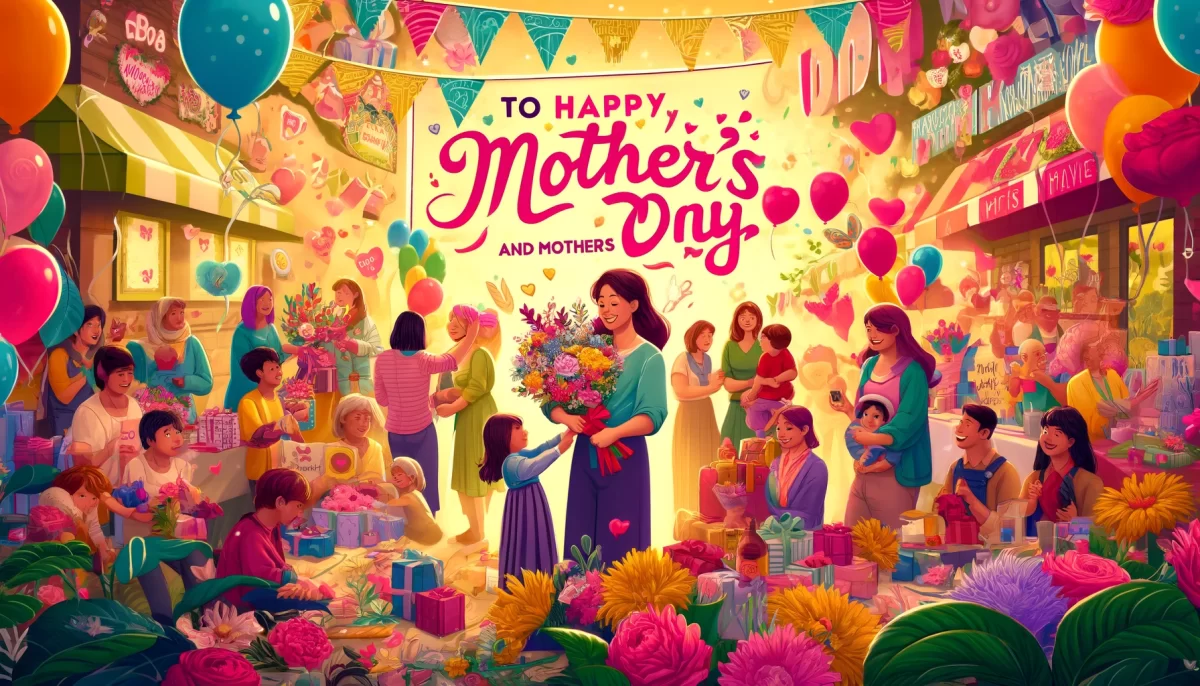
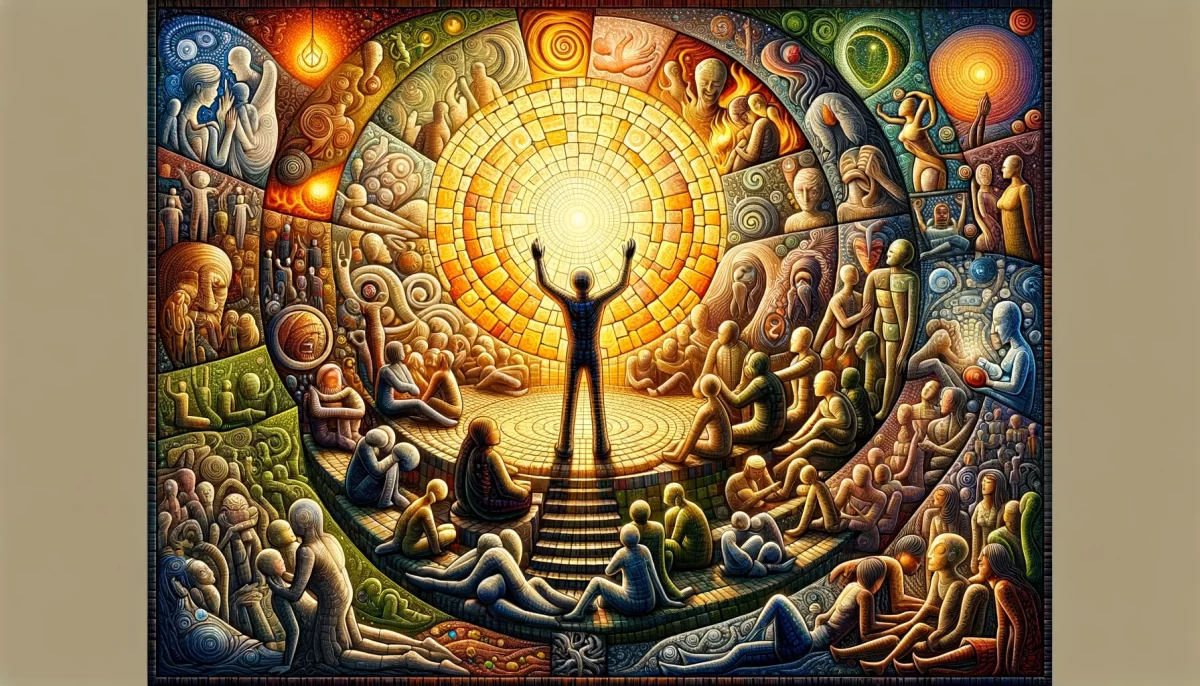
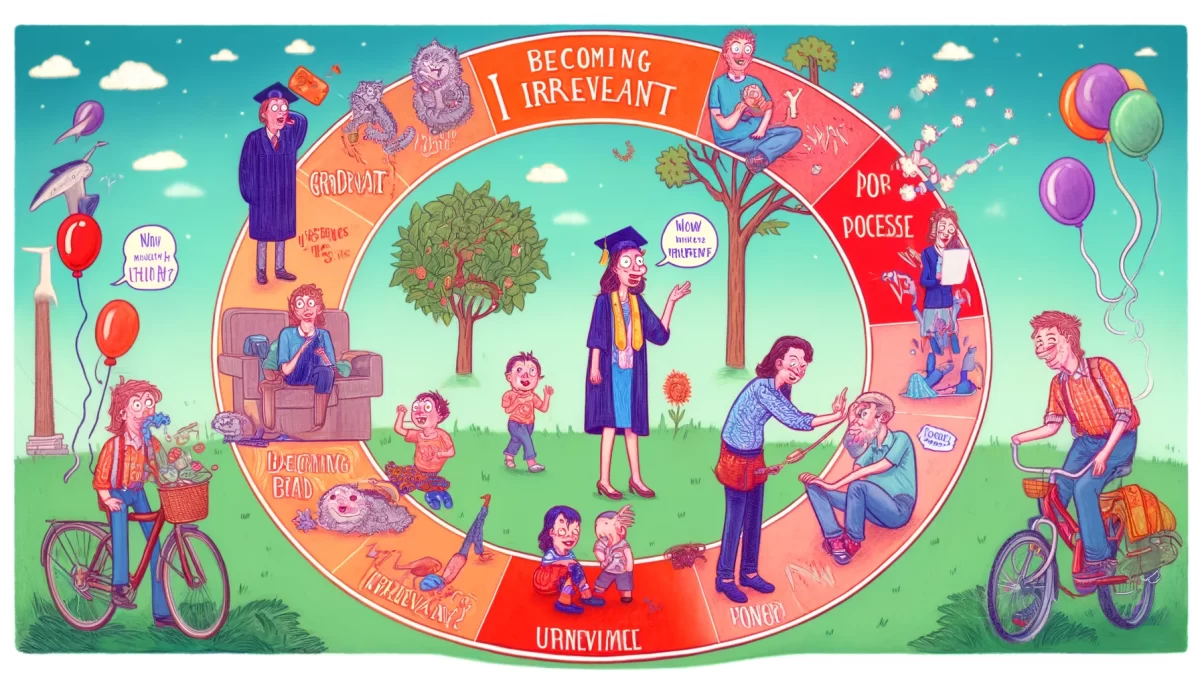
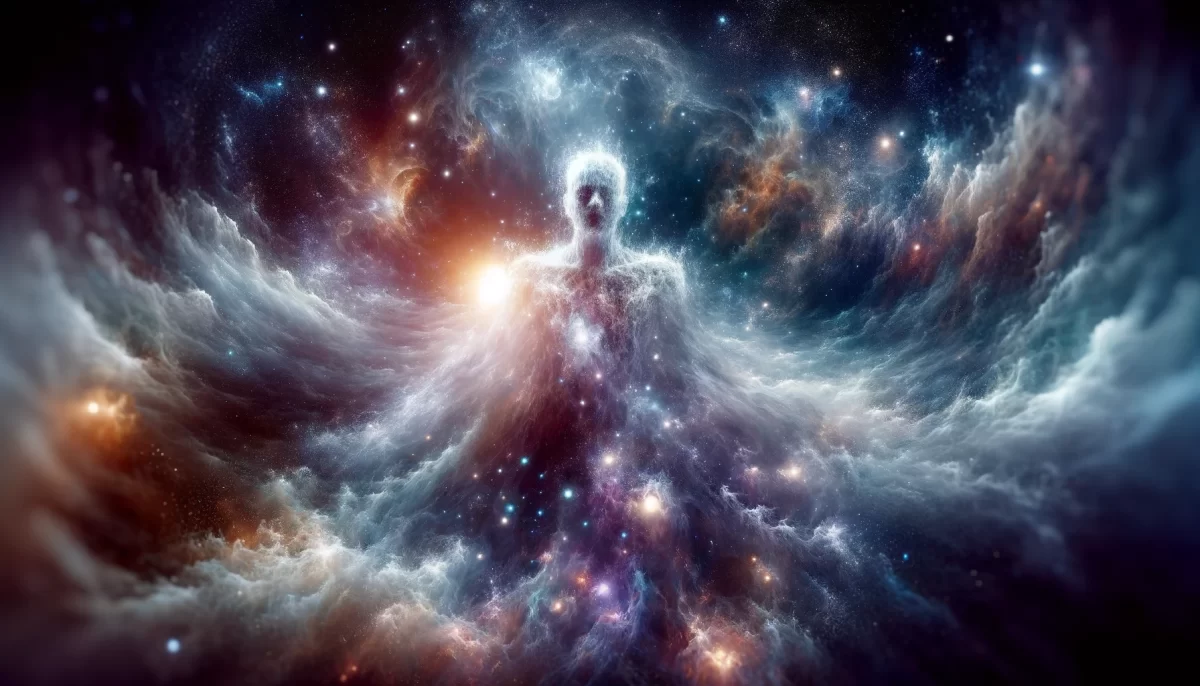
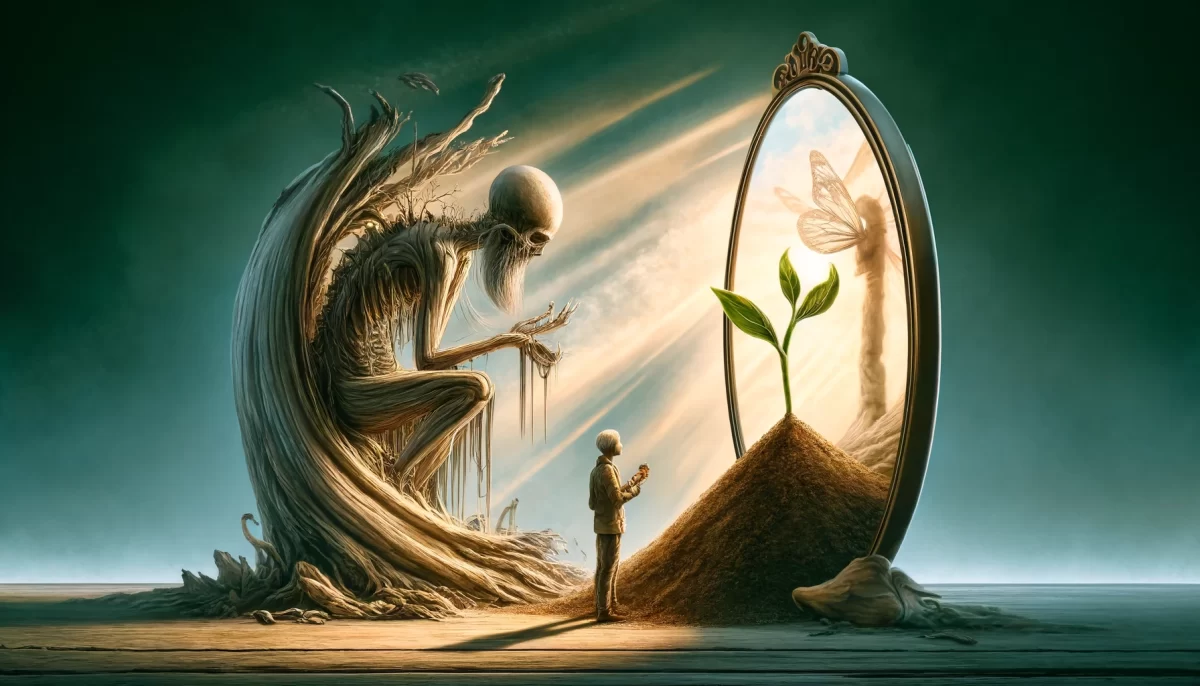
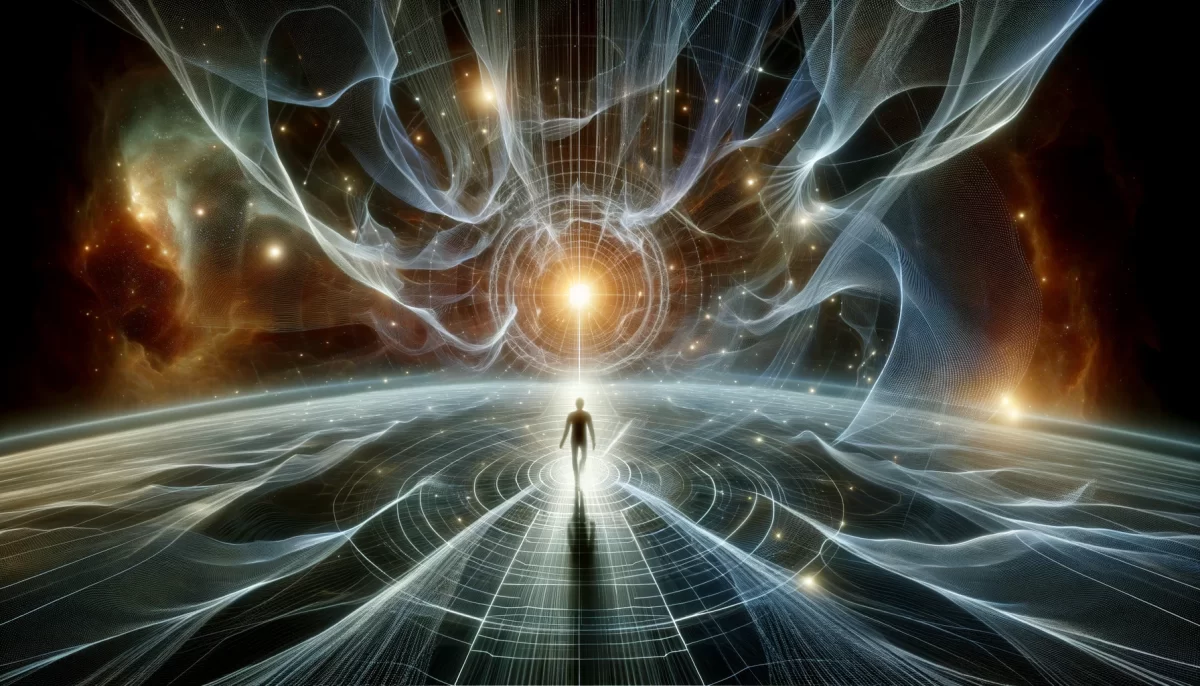

Leave a Reply